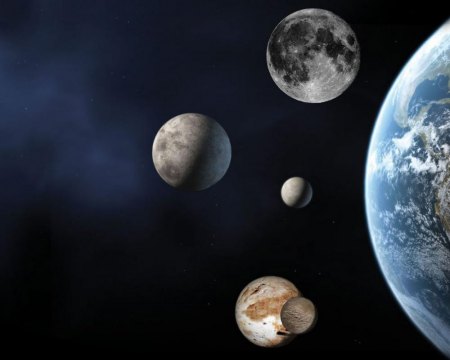Geek alert: NASA spacecraft orbits Ceres

Scientists know Ceres as the distant, dwarf planet and the largest and roundest object in the asteroid belt. Very soon, they will know much more about it.
At 7:39 a.m. [E.S.T.] March 6, NASA’s Dawn spacecraft entered orbit around Ceres – the first probe to do so. Already, scientists have spotted numerous craters and eerie bright spots on the surface. As Dawn gradually draws closer, they will watch the planet for signs of change, “which would suggest current geological activity,” a NASA press release says.
The robotic spacecraft has already delivered images of Ceres and will continue to do so. Last year, scientists using a NASA space telescope detected water vapor on Ceres.
Here are four other things to know about the dwarf planet:
Size: Ceres is roughly 590 miles (950 kilometers) in diameter.
The planet-spotter: The dwarf planet was first spotted by Sicilian astronomer Giuseppe Piazzi, a Catholic monk and academic, in 1801, according to Britannica.com.
Researchers are still figuring Ceres out: Since its discovery, Ceres has been a mystery researchers have slowly unraveled. When discovered, Ceres was thought to be a planet orbiting between Mars and Jupiter. But later, researchers discovered other cosmic bodies with similar orbits, according to NASA. This led to the discovery of the solar system's main belt of asteroids. In 2006, the International Astronomical Union, the governing organization responsible for naming planetary objects, reclassified Ceres as a dwarf planet.
About the name: Ceres was named for the Roman goddess of agriculture and harvests. A NASA press release notes that craters on Ceres also will be named for gods and goddesses of agriculture and vegetation from world mythology. Agricultural festivals will be used to name other features of Ceres.
Related:
Water detected on dwarf planet
NASA in Brief: Spacecraft nears Ceres
How planets and moons are named

